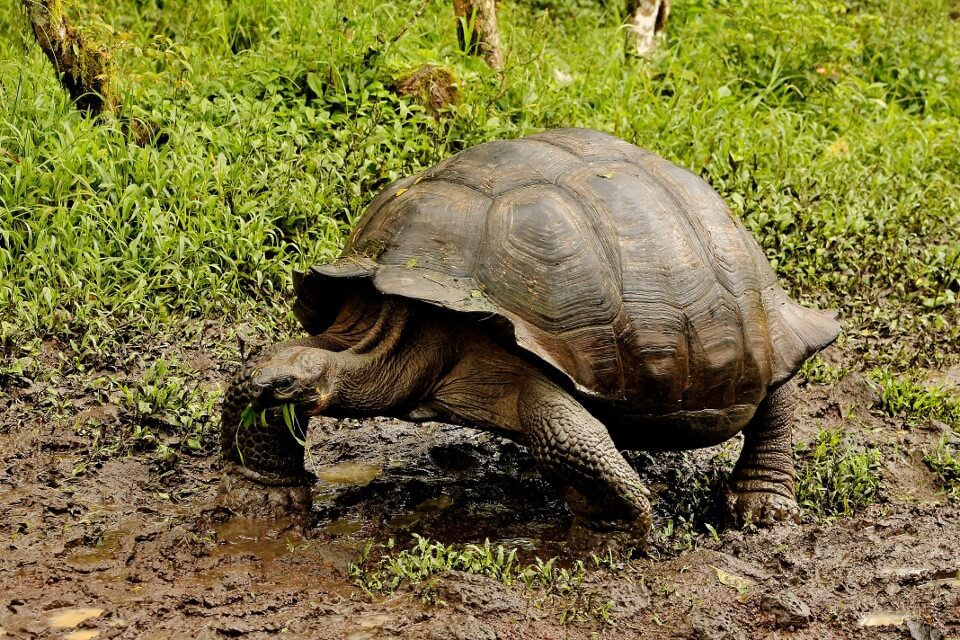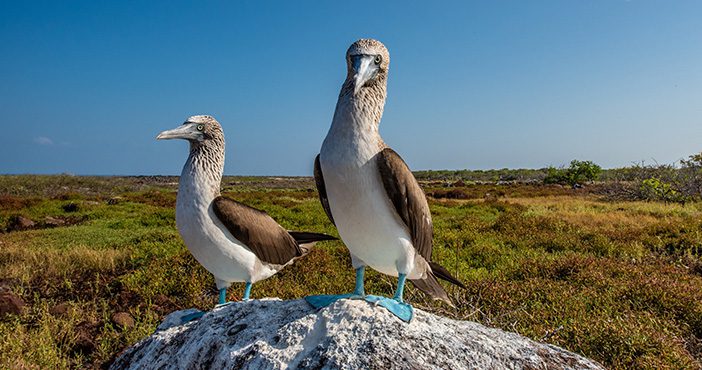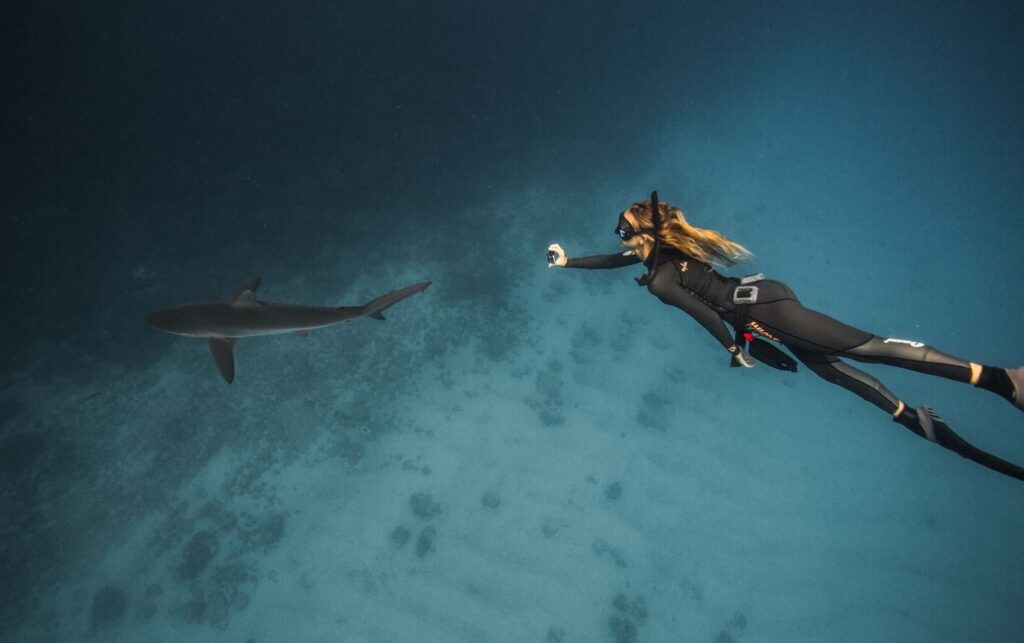The Galapagos Giant Tortoise is perhaps the most well-known species in the Galapagos Islands, and not without reason. These monstrous reptiles weigh up to 550 pounds and can live for up to 150 years, easily passing 100. However, while it is the longest living vertebrate and one of the largest reptiles in the world, it is also one of the rarest.
TALK TO A DESTINATION EXPERT
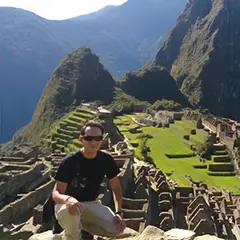
Diego Zapata

Rosa Mena

Sandy Lara

Diego Zapata

Rosa Mena

Sandy Lara
Giant tortoises once covered much of the world, inhabiting every continent other than Antarctica and Australia; unfortunately, however, only two groups of a few thousand giant tortoises roam the world today- one in the Galapagos Islands and one in the African archipelago of Seychelles. To put this into perspective, at one point a quarter-of-a-million giant tortoises inhabited the Galapagos Archipelago, but this number has since shrunk to 3,000. Scientists have no way of knowing the exact cause for their almost global extinction; however, there can be no doubt about the fact that it coincides with the arrival and spread of mankind, which is specifically true for those in the Galapagos.
Natural selection and adaption of the Galapagos Giant Tortoise
11 subspecies of Galapagos giant tortoise currently live in the archipelago, down from the original 14 or 15 that inhabited the islands. However, the tortoises are commonly divided into two general groups: domed shell and saddleback shell tortoises, and in the true nature of the Galapagos Islands, their membership to these groups is determined by the environment that they live in. The tortoises that live on islands that receive less rainfall are smaller than those that live on islands with higher rates of precipitation. Additionally, they have longer and thinner limbs, and a very distinct saddleback-shaped shell, which is elevated over their necks and hind legs, in comparison with the large, rounded shell of the domed shell tortoises.
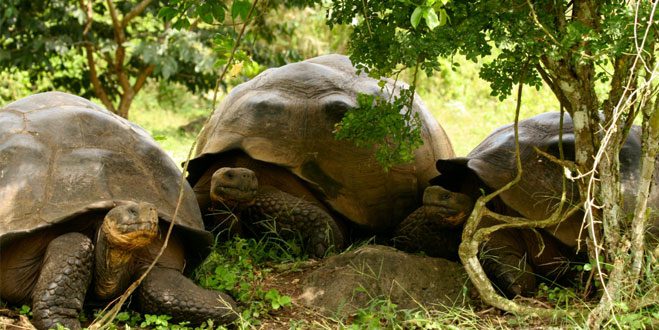
These very distinct features are directly connected to the habitats in which the tortoises live. The vegetation on dryer islands is much less abundant, but more specifically, it tends to be higher off the ground. For example, one of the most common types of vegetation is cacti, which produces fruit towards the top of the plant. As a result, the tortoise that is able to reach higher up (thanks to its long legs and ability to extend its neck upwards) and obtain more fruit is healthier and has more reproductive success. Interestingly, these two features have been adapted by several different subspecies on various islands, proving that it is a hugely successful adaptation. On the other hand, the highlands of Santa Cruz, for example, where hundreds of domed shell tortoises live, are rich in flora and luscious ground cover. Thus, the saddleback shell is merely redundant and increases the tortoises’ exposure to predators.
See the Galapagos Giant Tortoise on your next trip onboard Yacht La Pinta!
Ancestry
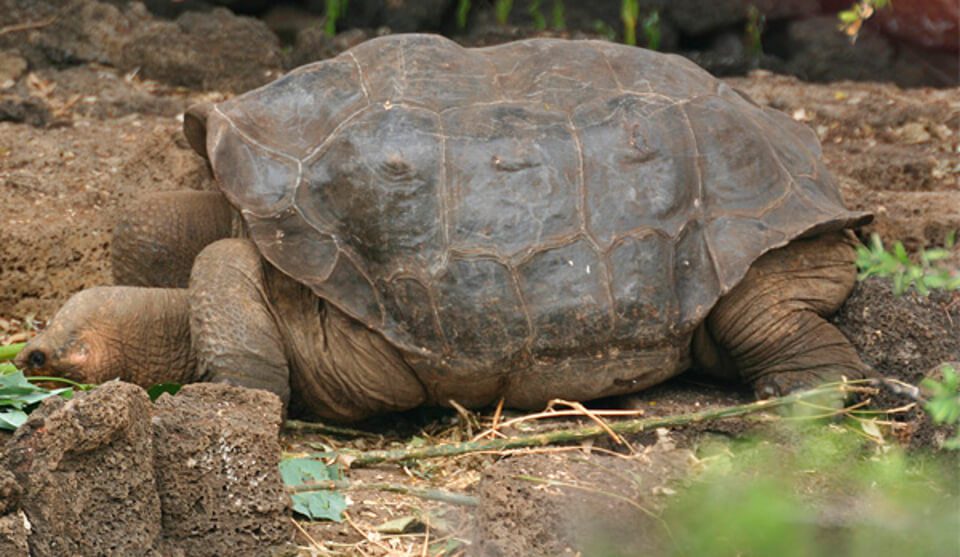
The Galapagos giant tortoise is the result of a phenomenon called island gigantism, which is actually fairly common among island populations. Experts primarily believe that the first tortoises to the archipelago were what we would call a normal tortoise size. However, generations after arriving to the islands, virtually unrestrained due to an almost complete lack of predators and limited competition, the tortoises evolved to mammoth sizes. Their unusually large size provides them several distinct advantages and actually better equips them to live in volatile climates, such as that of the Galapagos. Due to their large size, the tortoises have larger fat and water reserves to protect them in times of scarcity, allowing them to survive for more than an entire year without food or fresh water (including an area in the root of their neck specifically for water storage). They are also better able to regulate their body temperature, and their small surface-area-to-volume ratio allows them to swim more easily between islands to expand their habitat.
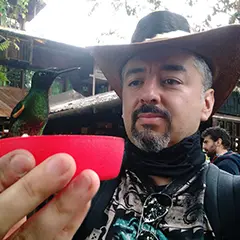
Javier Garcia
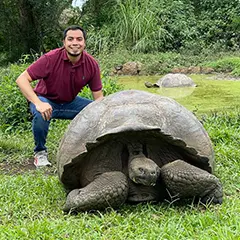
Eduardo Silva
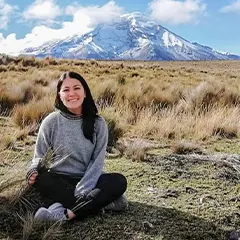
Carolina Escobar
START PLANNING YOUR TRIP

Javier Garcia

Eduardo Silva

Carolina Escobar
Get in touch for more
CONTACT US
Watch a giant Galapagos tortoise graze all kinds of plants up in the highlands of Santa Cruz Island
Behavior
Tourists are often charmed to see a little bird sitting on the shells of Galapagos giant tortoises, making for a perfect photo. However, this is actually part of an important mutualistic relationship between the Galapagos birds and giant tortoises. Vermillion Flycatchers and Darwin’s Finches commonly land on the tortoises’ shell and begin pecking at insects living in the cracks. They can also be seen dancing around in front of the tortoises to get their attention, following which the tortoise will extend its neck or extremities to allow the bird to get the ticks hidden in otherwise inaccessible places. In this way, the bird gets a free meal while the tortoise gets a free bath.
Read more about The Galapagos Giant Tortoise here
